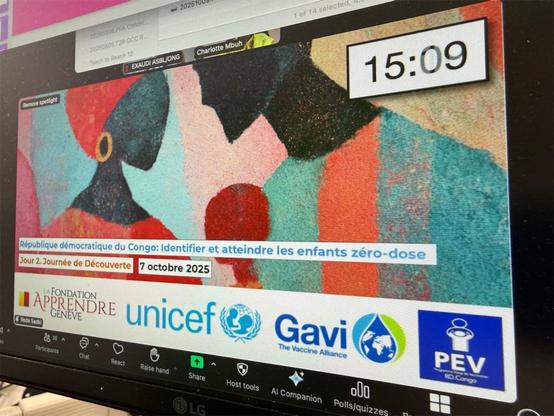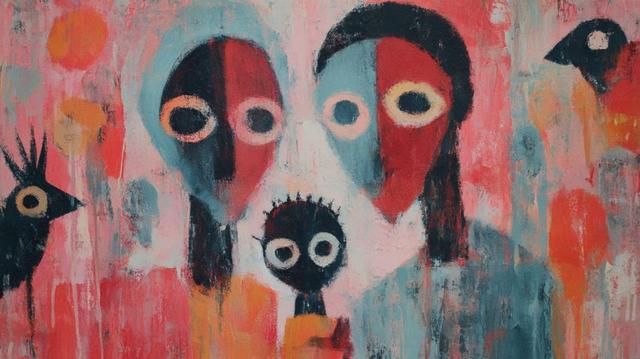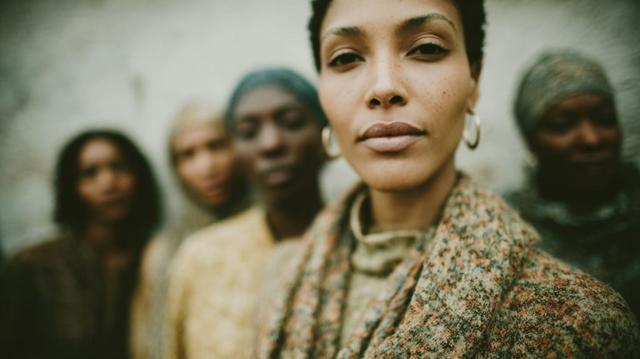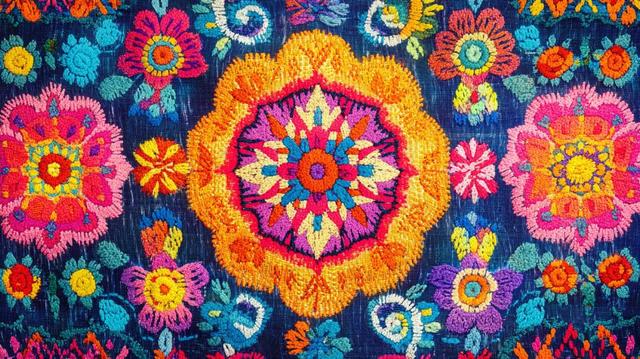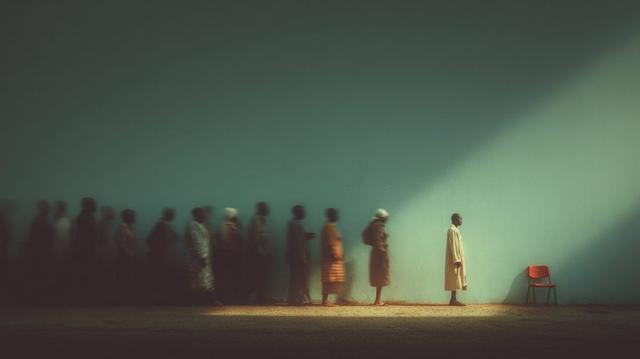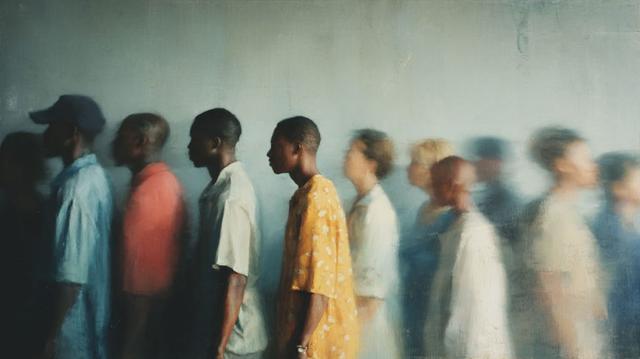Subnational tailoring of malaria strategies and interventions: bridging the gap between planning and implementation
The global malaria response is currently navigating a convergence of crises. Epidemiologically, the reduction in mortality has plateaued. Biologically, threats from Anopheles stephensi and partial artemisinin resistance are accelerating. Financially, the 2025 landscape is defined by a severe contraction in foreign assistance, necessitating a radical optimization of resources. In this context, the World Health Organization’s (WHO) new guidance, Subnational tailoring of malaria strategies and interventions (2025), offers a necessary technical framework.
However, the manual relies on an implementation architecture that remains fragile. To succeed, the technical rigor of subnational tailoring (SNT) should be coupled with an operational mechanism capable of mobilizing the workforce in the current context. This article examines how digital peer learning-to-action networks offer a potential mechanism to address the operational deficits of conventional technical assistance and capacity building.
Subnational tailoring of malaria strategies: moving from blanket coverage to allocative efficiency
The rationale for SNT rests on the recognition that transmission heterogeneity – driven by ecology, urbanization, and human behaviour – renders national averages insufficient for operational planning. The WHO guidance codifies a ten-step “Data-to-Action Loop,” designed to be embedded within the National Malaria Strategic Plan (NMSP) cycle. This process moves beyond simple risk mapping to a rigorous cycle of optimization:
- Granular stratification: This involves using composite metrics (combining prevalence, incidence, and mortality) to segment operational units, rather than relying on broad national averages.
- Tailoring and prioritization: This requires developing “ideal scenarios” (what is epidemiologically required) versus “prioritized scenarios” (what is financially feasible). For example, this might involve restricting expensive indoor residual spraying (IRS) to high-burden zones while deploying next-generation nets solely in areas of confirmed pyrethroid resistance.
- Resource optimization: This entails using cost-effectiveness analysis (CEA) to scientifically justify trade-offs, such as cutting lower-impact interventions to preserve life-saving commodities in the face of budget shocks.
The implementation gap: systemic blind spots in subnational tailoring of malaria strategies
While the WHO framework is technically robust, its execution faces systemic “blind spots” that threaten to undermine the strategy:
- The private sector void: In high-burden nations such as Nigeria, the private sector acts as the primary entry point for febrile patients yet remains largely absent from national surveillance data. Without integrating these providers, SNT models risk being built on incomplete datasets, leading to flawed stratification.
- The incentive crisis: The operational culture of many national malaria programmes (NMPs) relies on donor-funded per diems to motivate training and data review. As funding from major donors contracts, this transactional motivation model is fracturing, threatening workforce retention and data quality.
- Centralization of analysis: There is a risk that SNT becomes an extractive process where districts feed data upwards to central planners without retaining analytical ownership. This centralization disempowers the district health teams (DHMTs) expected to execute the tailored strategies.
Operationalizing the subnational tailoring of malaria strategies: the role of digital peer networks
To operationalize SNT in a resource-constrained environment, national malaria programmes require a low-cost mechanism to drive district-level ownership and data quality that goes beyond traditional cascade training. The Geneva Learning Foundation (TGLF) has developed a digital peer-learning model that warrants examination by technical specialists as a complement to standard capacity-building approaches.
- Shifting from incentives to intrinsic motivation: Traditional training workshops often rely on per diems to ensure attendance. In contrast, the TGLF model connects health workers in digital cohorts to share problem-solving strategies without extrinsic financial incentives. Empirical data from recent cohorts involving 1,715 health workers indicate that participants report high levels of practice application (rated 5.13 on a 6-point scale) based purely on professional recognition and peer accountability. This suggests that intrinsic motivation can be sustained digitally, a critical finding as external funding for operational costs diminishes.
- Validating granular data through ground-level intelligence: SNT models depend entirely on the quality of input data. Digital peer networks can serve as a listening mechanism to surface “tacit knowledge” from the frontline that quantitative surveillance misses. For instance, during recent Teach to Reach sessions, health workers provided over 400 narrative accounts of specific local barriers – such as cultural resistance to bed nets due to associations with burial shrouds – that would not appear in DHIS2 reports. This qualitative intelligence provides a necessary layer of validation for stratification maps.
- Devolving analytical capacity to the district: True SNT requires districts to function as data users, not merely data collectors. The peer-learning platform employs a structured “Impact Accelerator” methodology, which guides frontline staff to conduct their own root-cause analyses (for example, using the “Five Whys” technique) rather than receiving top-down instruction. In Nigeria, working with UNICEF and NPHCDA, The Geneva Learning Foundation supported 4,300 health workers to identify and resolve local bottlenecks in a matter of weeks, effectively decentralizing the “tailoring” process to the community level.
- Cost-efficiency and sustainability: Traditional face-to-face training and supervision are resource-intensive. Comparative data suggests the peer-learning model delivers capacity building at approximately 90% lower cost than traditional technical assistance methods. This is primarily by virtue of scalability: costs very little whether there are 10 or 1,000 participants. Furthermore, in a country-specific study, 82% of a cohort reported using TGLF’s peer learning model for their own needs, and 78% said they needed no further assistance from TGLF. More than half of participants stay in touch because they want to. This aligns with both the value for money and sustainability mandates of malaria partners.
We need more than technical precision to overcome operational inertia
The WHO’s Subnational tailoring of malaria strategies and interventions guidance provides the necessary technical standards, stratification algorithms, and modeling tools for the next phase of malaria control. However, technical precision alone cannot overcome operational inertia.
TGLF’s peer-learning model demonstrates that it is possible to shift from top-down instruction to lateral learning, and from extrinsic financial incentives to intrinsic professional motivation. For technical partners and epidemiologists, integrating these two approaches – rigorous technical stratification coupled with broad-based workforce mobilization – could provide an innovative path to sustaining gains in a fragile funding landscape.
Image: “Contours of Local Knowledge”, The Geneva Learning Foundation Collection © 2025. This installation stretches organic planes across a web of taut, intersecting lines, echoing how malaria responses must adapt to the distinct shapes of local realities. The tension between each form –sometimes pulling apart, sometimes holding together – mirrors the work of tailoring strategies to varied terrains, communities, and transmission patterns. By revealing strength in flexibility and coherence in diversity, the piece evokes a central truth of subnational action: health systems become most effective when they align with the textures of the places and people they serve.
References
#globalHealth #guideline #implementationGap #learningStrategy2 #malaria #peerLearning #snt #theGenevaLearningFoundation #worldHealthOrganization





